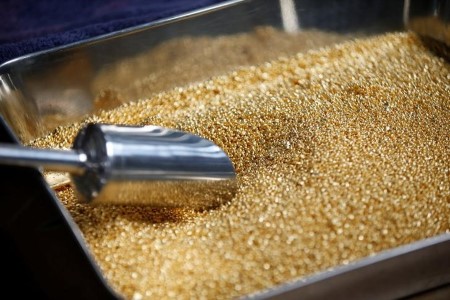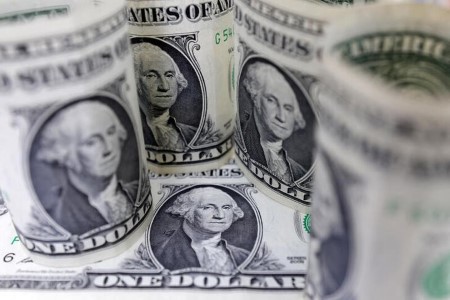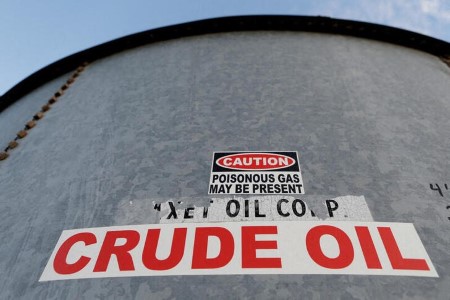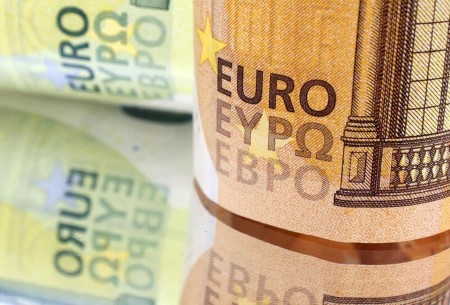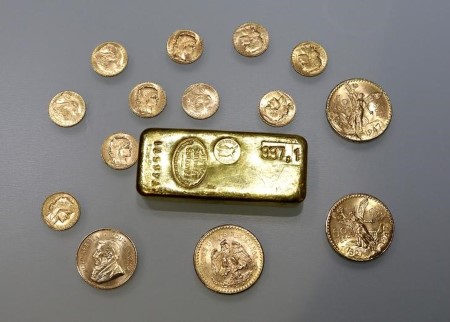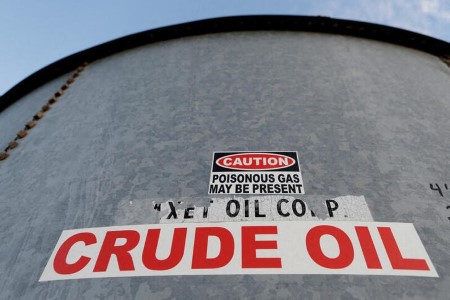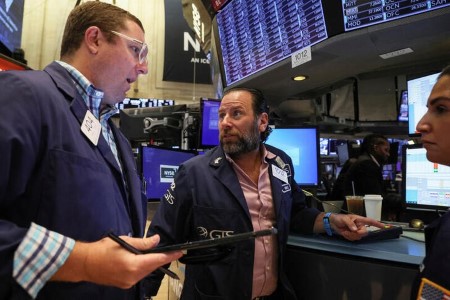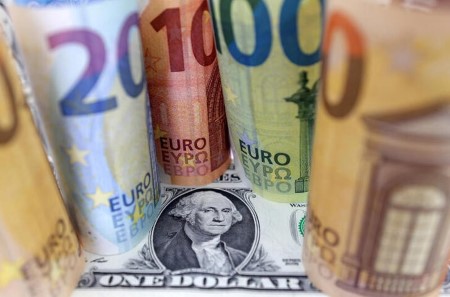DUBAI, July 21 (Reuters) – Middle East companies waiting for a favorable window to sell bonds face some tough choices in terms of when to tap the market, a situation that has already contributed to an 80% plunge in issuance volumes in the region in the first half.
Some issuers in the Gulf, which typically makes up some 40% of emerging market bond sales, have pounced on windows of relative market stability to get deals done.
But many have shelved or delayed plans while they wait for lulls in market volatility driven by the Ukraine war and for clearer signals on the global economy.
That includes Saudi Arabia’s sovereign wealth fund PIF, which said last year it planned to debut in the market with green bonds. The Saudi government had also said it would issue green bonds while Qatar said it might tap the market opportunistically.
But none have gone ahead so far this year.
Potential issuers have to choose between paying the higher new issuance premiums now or cope with higher interest rates down the line.
“So you’re kind of stuck in a conundrum,” one debt banker in the region said. “Should I issue now and pay up the new issue premium or wait for lower new issue premium but high rates.”
In January, Abu Dhabi oil group ADNOC set up a new debt-issuing entity, but two bankers said the company will wait for better conditions to issue its first bonds.
ADNOC declined to comment.
Others, like an EIG-led consortium of investors in Saudi Aramco’s oil pipeline network, are actively monitoring the market and waiting for a window to issue, three bankers said.
The EIG-led consortium raised USD 2.5 billion in January, shy of the USD 3.5-4.4 billion sought due to choppy markets.
It will now have to take out a USD 10.8 billion loan over a longer timeline than the two or three deals originally planned, two of the bankers said.
A separate consortium, led by BlackRock (BLK), had bought a stake in Aramco’s gas pipelines network, backed by a USD 13.4 billion loan that will need to be refinanced via bonds.
The bankers said the two consortia could sell bonds in parallel rather than wait for the oil pipeline transactions to complete, coordinating via Aramco to ensure they do not take away demand from one another as both deals carry Aramco risk.
Aramco, EIG and BlackRock declined comment.
Meanwhile, Egypt has everything in place to issue dollar-denominated sukuk but significantly higher borrowing costs, and other options, have put that on ice, several sources with knowledge of the situation said.
Egypt’s finance minister, in media interviews in the last two months, said the country was also considering issuing bonds denominated in Chinese yuan.
Oman is also exploring bond options, including issuing dollar Islamic bonds or sukuk, two bankers said. Oman’s finance ministry did not respond to a request for comment.
“I think there’s a good mindset now where you don’t want to miss a window,” the debt banker in the region said. “And the smart move is to be ready and make sure you make best use of this window that’s going to come.”
One window late last month allowed a flurry of deals, including perpetual notes of USD 300 million by Dubai’s Mashreqbank MASB.DU, USD 400 million by Qatar Insurance and USD 500 million by retail operator Majid Al Futtaim. Saudi developer Dar Al Arkan issued USD 400 million in sukuk.
HIGH PREMIUMS
In the first half of the year, Gulf issuance volumes dropped to USD 15.3 billion, based on Refinitiv data, with 35 bond deals compared with 95 a year earlier.
The wider Middle East, where the Gulf makes up the bulk of issues, had 37 deals, down from 101, with volumes down 80%.
“New issue premiums were significantly higher than what they were accustomed to,” the debt banker said.
The region was paying between zero and five basis points on new issue premiums and now faces “anywhere between 10-15 basis points for the best credit, and… closer to 50 basis points for the more challenging credits,” the banker said.
The steep drop in issuance from the region was despite Gulf bonds outperforming broader emerging markets, shedding some 11% in the year to July 15, while EM bonds dropped around 18.5%, one bonds analyst said.
Gulf loan volumes fell 31% and Middle East volumes slipped 38% in the first half, based on Refinitiv data, showing bank debt was considerably more attractive to issuers as interest rates on loans take longer to adjust to the market.
(Reporting by Yousef Saba. Editing by Jane Merriman)






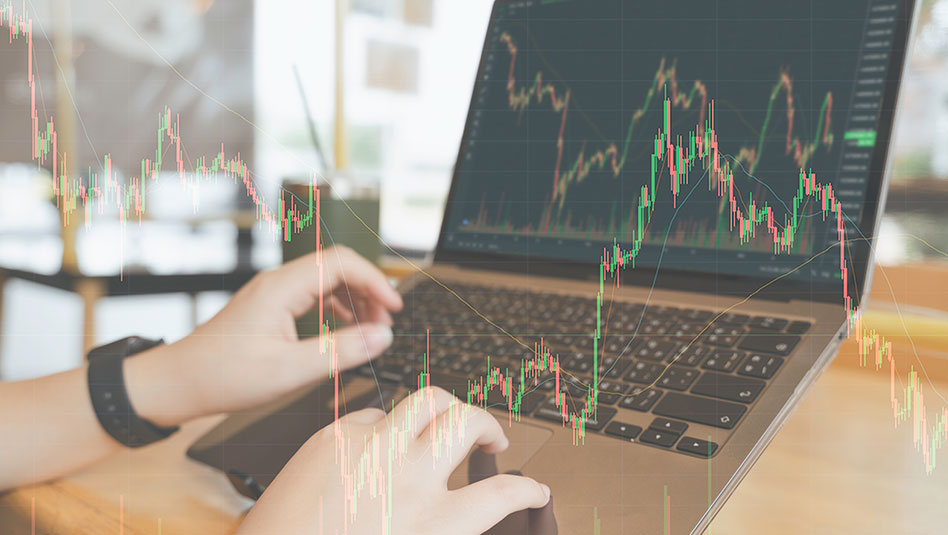
 DOWNLOAD
DOWNLOAD




